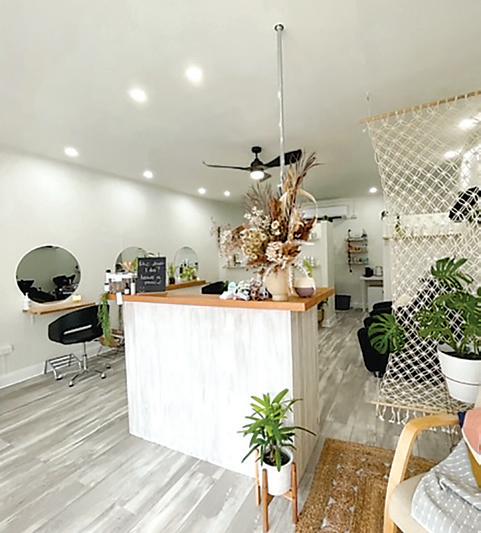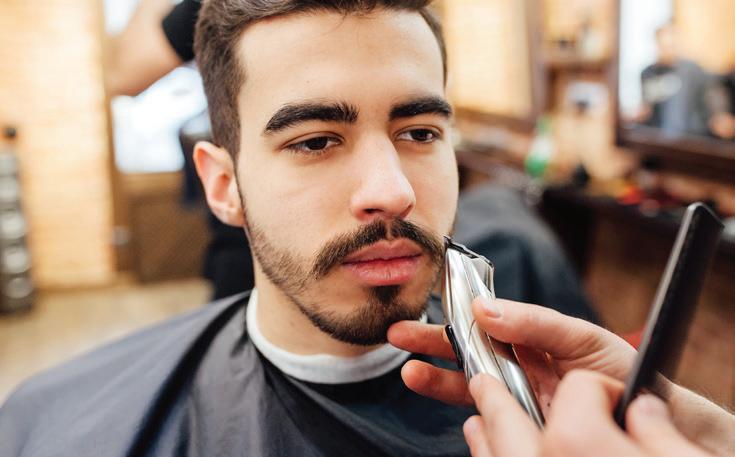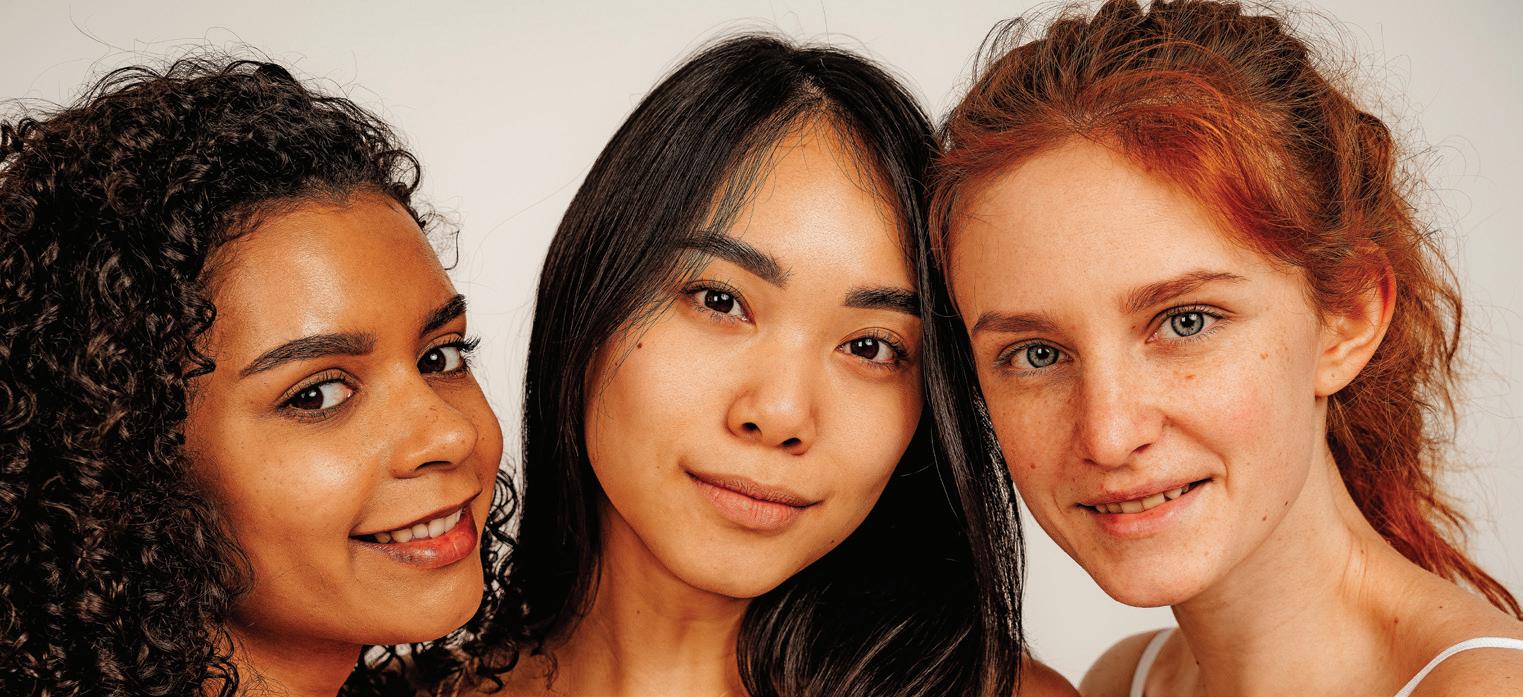
3 minute read
9 Tips for Heatlhier, Stronger Hair
BAD hair days are a common problem we all face and according to a Redbook poll, 74 per cent of women say a bad hair day makes them feel less confident.
The simple fact is your hair is constantly prone to hair damage: dullness, thinning, dryness, breakage, frizz, and more. In our tropical climate, this can be even more exaggerated by the fluctuations in the weather, so it’s no surprise that having healthy hair requires effort to keep it looking glorious. And while there isn’t a simple shortcut to healthier hair, taking time to keep strands strong is worth the commitment. These nine tips should make keeping your locks shiny and healthy fairly effortless.
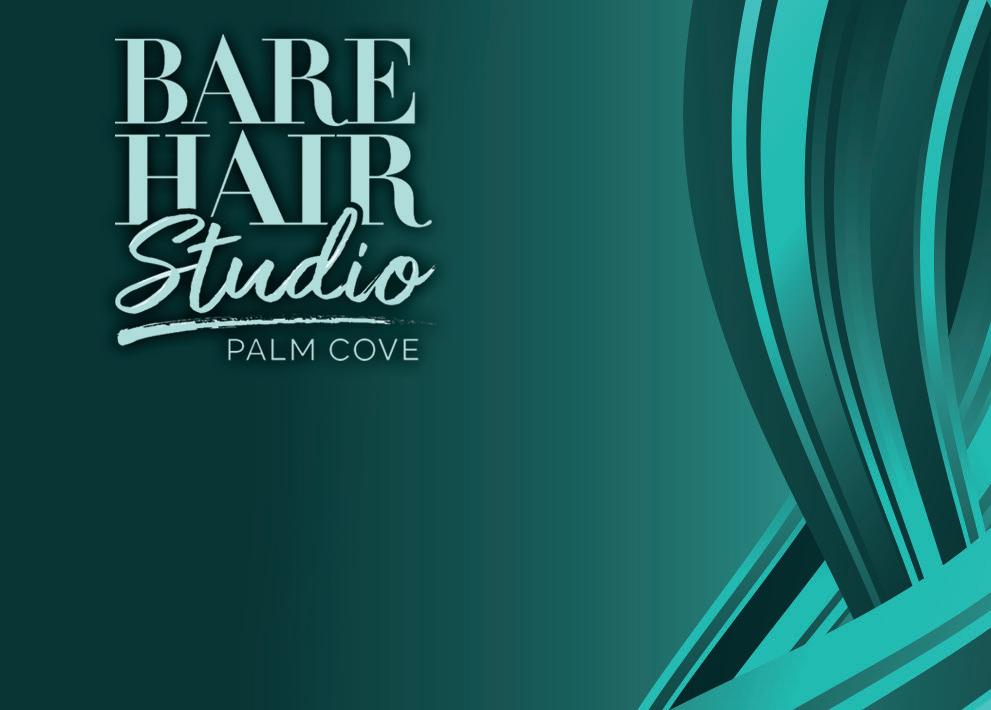
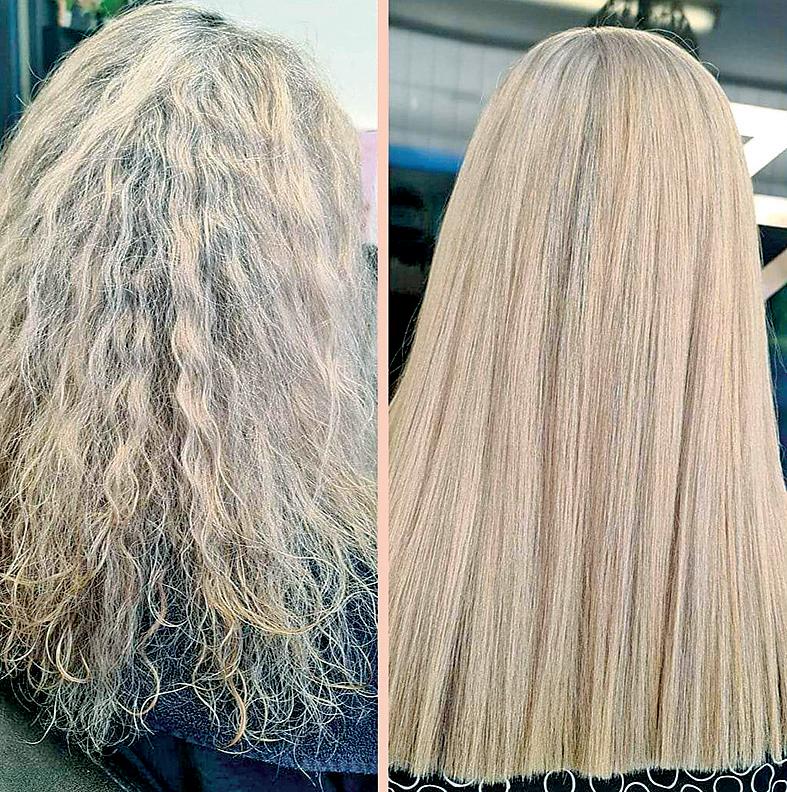
1. Brush your hair before you shower. No matter what your hair texture is, taking 60 seconds to detangle strands will keep them strong. When your hair is wet it is more vulnerable to breakage another benefit - brushing dry hair distributes the natural oils from your scalp down to the ends of your hair.
2. Condition correctly and with care. Unless your hair is amazingly long a twenty cent piece, drop of conditioner is plenty for most textures and lengths. Apply your conditioner first to the mid-shaft and ends of your hair; then work your way up to the scalp. It’s important to make sure your scalp gets hydration as well. Leave it on for a full minute before washing it out. If you are a dry shampoo user, this is especially important to prevent a dry scalp.
3. Be mindful of key ingredients. Look for strengthening ingredients which will nourish your strands. Try incorporating coconut oil, argan oil, aloe, or spirulina into your regimen.

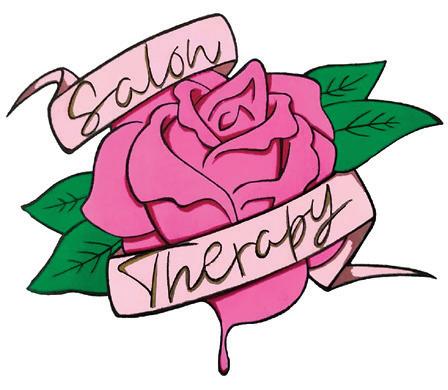
4. Eat a balanced diet.
You already know that you are what you eat. Your hair is mostly made up of protein, so eating a balanced diet of protein rich food is important. Add these items to your grocery list:
• Fish Meat
• Eggs
• Beans
Other good sources of hair food: berries, spinach, and avocados, along with anything else rich in vitamins C and E which will help boost collagen production, resulting in stronger strands.
5. Reduce your stress.
If you are stressed, your skin will be stressed and that includes your scalp. Now, keep calm and read on.
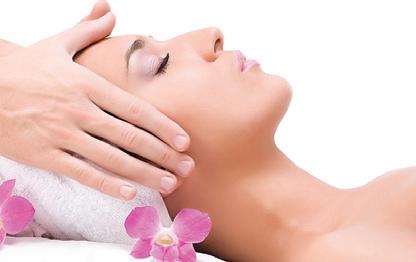
6. Don’t over heat in the shower.
As soothing as a steamy show may feel, taking a super hot shower on a daily basis can irritate you scalp and possibly weaken your hair as it grows out. Keep the temperature on the warm side and at the end of the shower, do a quick cold-water rinse to seal the cuticles shut, boost shine, and maintain healthy hair.
7. Sleep on silk.
Make the most of your beauty sleep: swap out your cotton pillowcase for a silk alternative. It protects the cuticle of your hair by reducing the amount of friction between your hair and the fabric.
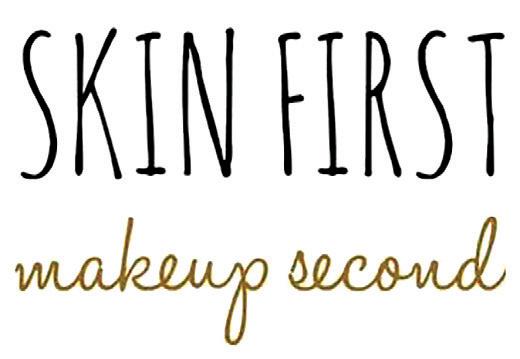
Another secret to reduce stress on strands is to sleep with your hair in a loose topknot - secured with a silk scrunchie - or try a low loose braid if you have thick or textured hair to give you more control of your strands during the night.
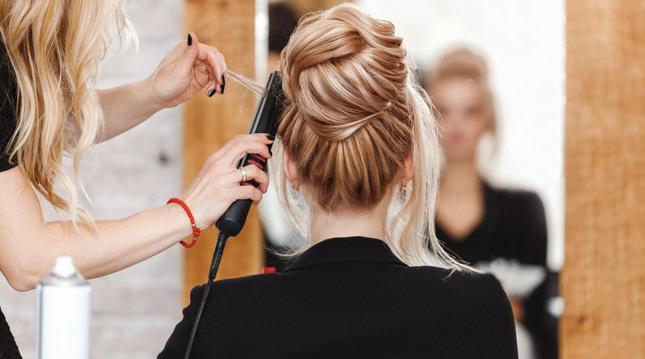
8. Style smarter.
To minimize damage from heat styling, invest in professional hot tools that have ionic technology, which will infuse moisture into your hair as you style.

You may also wish to opt for a curling iron or straightener that is solid ceramic, rather than only having a ceramic coating: “This will distribute heat onto your hair evenly, locking in your style quickly so you don’t need to re-apply the iron continuously to get your desired look. Follow these smart steps when using hot tools: If you do nothing else, use a heat protectant spray before you apply heat to your hair to defend against future damage

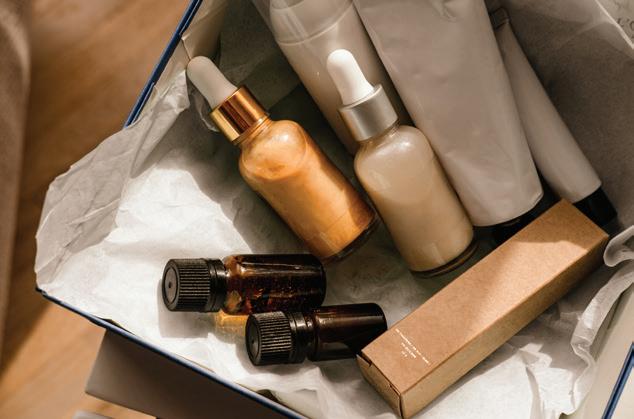
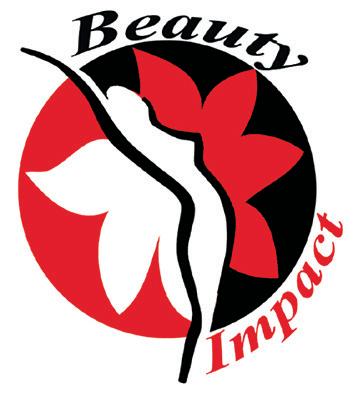
Let your hair air dry as much as possible before you blow dry. If you have curly or wavy hair, pull it back into a tight bun on day one; then, the next day use an iron to shape it. Switch up your hot tool usage; after you shampoo, blow dry your hair; on day two, use a curling iron or straightener; on day three, slick strands back to avoid heat-styling. Then, wash and repeat.
9. Get a trim.
You need regular haircuts to ensure that your strands stay healthy and don’t break off at the ends. If you don’t want to lose a lot of length, tell your stylist, so only the ends are cut, which gets rid of damage, but maintains the length. Getting a trim to keep your hair healthy should happen about every two months and if you have a short or defined cut, you will likely need to go in sooner.

